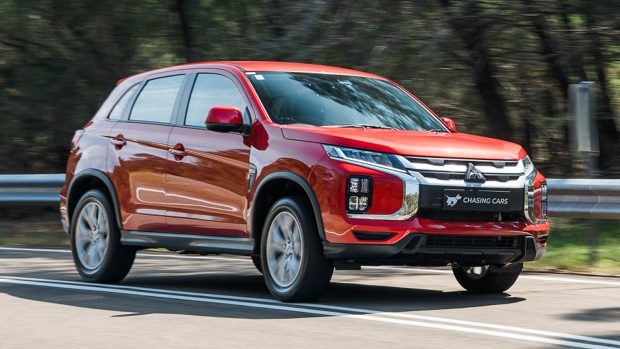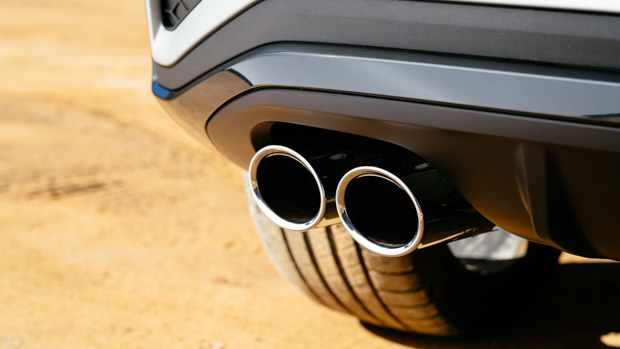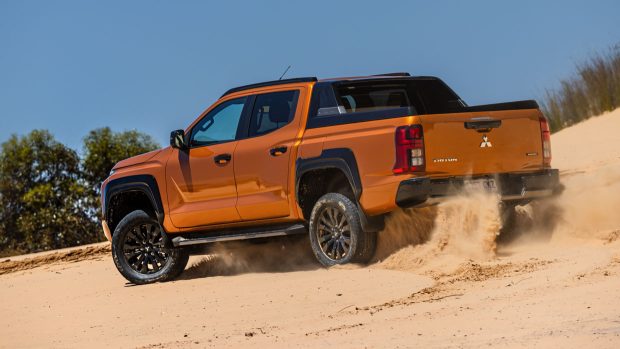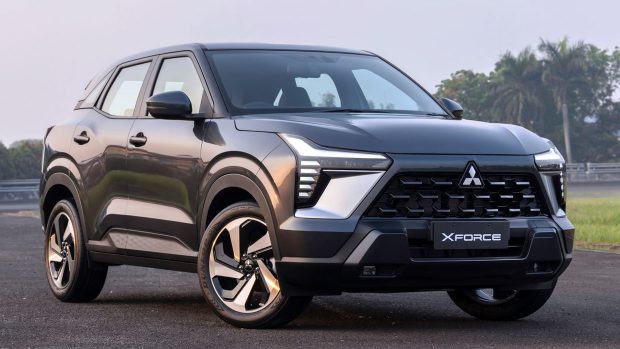-
Car Reviews
- All reviews
- Midsize SUVs
- Small cars
- Utes
- Small SUVs
- Large SUVs
- Large cars
- Sports SUVs
- Sports cars
- Vans
Latest reviews
- Car News
-
Car Comparisons
Latest comparisons
- Chasing Deals
As the ASX creaks towards its 14th birthday, Mitsubishi says work is well underway on deciding what small SUV will come next
Mitsubishi Australia has confirmed it at an “advanced stage” with its Japanese parent company to determine what will be its next small SUV.
Speaking with Chasing Cars at the launch of the new-generation Triton ute, Mitsubishi Australia’s CEO Shaun Westcott reflected on the brand’s small SUV lineup at a time when the ASX and Eclipse Cross prepare to celebrate their 14th and eighth birthdays respectively.
Westcott acknowledged critical reviews from Chasing Cars, and commentary from other areas, that have concluded the ageing models were in need of an update, a sentiment in which he agreed in regards to the ASX.
“Let me start by saying our consumers still think that the ASX is a fantastic car”, he said, pointing to 9176 sales recorded in 2023, which is ahead of many rivals, though notable behind newer models such as the Mazda CX-30 (13,115) and Hyundai Kona (11,183).
“Orders and demand far outstrip supply, so it’s still an extremely popular car, but we also do acknowledge and realise that it is an older product, and that it does need to be refreshed.”
Asked whether the refresh would be simply yet another facelift for the Eclipse Cross and ASX or an all-new replacement, Westcott said he was unable to say at the current time.
With small SUVs the fastest growing segment in Australia, Westcott noted the importance of being in the segment which he said has only increased with the expected introduction of the government’s New Vehicle Efficiency Standard (NEVS), which is likely to favour small cars and particularly PHEVs like the Eclipse Cross.
“We understand the importance of having a small SUV, particularly in the light of any NEVS (New Vehicle Efficiency Standard) and needing to potentially offset some of our larger vehicles emissions,” Westcott said.
“Having a small SUV now is very important to us. And we are actively engaged with our parent company – in an advanced stage – in terms of identifying what that product will be.”
A legislated NEVS is expected to include fines for automakers whose fleet exceeds a set average limit, though offering fully electric and hybrid vehicles can offer some counterbalance for heavy-emitting vehicles. Learn more in our dedicated explainer.
The rumour mill points to Mitsubishi adopting a fleet of larger adventure-focused vehicles in the coming years; with a new-generation Delica van potentially due in 2026, Pajero Sport in 2025 and perhaps even a genuine return of the Pajero to join the new-generation Triton on sale.
Vehicles of these types have traditionally been heavy emitting, though the new Triton has notably been introduced with Euro 6b emissions compliance and an AdBlue system installed, plus Mitsubishi is said to be working on hybrid options for all three future vehicles.
Chasing Cars has written a full explainer on this matter but there are two main candidates at the moment.
The first is the Mitsubishi Xforce, a small SUV unveiled last year in Indonesia that features a much more modern interior than the current ASX but it lacks critical safety technology and would need to be entirely re-engineered – to the tune of millions of dollars – to prove viable for the Australian market, according to Westcott.
The second is simply to rebadge the Renault Captur as Mitsubishi has already done in Europe thanks to helpful links under the Renault-Nissan-Mitsubishi Alliance. The Captur is already compiled for the Australian market so the process would seemingly be simple.
Finally, there could be an all-new model in the works that we’ve yet to see, which is certainly likely given the sales potential of small SUVs and the demand in western and certain Asian markets for safer and more luxurious models which are kinder to the environment.
Latest news
About Chasing cars
Chasing Cars reviews are 100% independent.
Because we are powered by Budget Direct Insurance, we don’t receive advertising or sales revenue from car manufacturers.
We’re truly independent – giving you Australia’s best car reviews.



